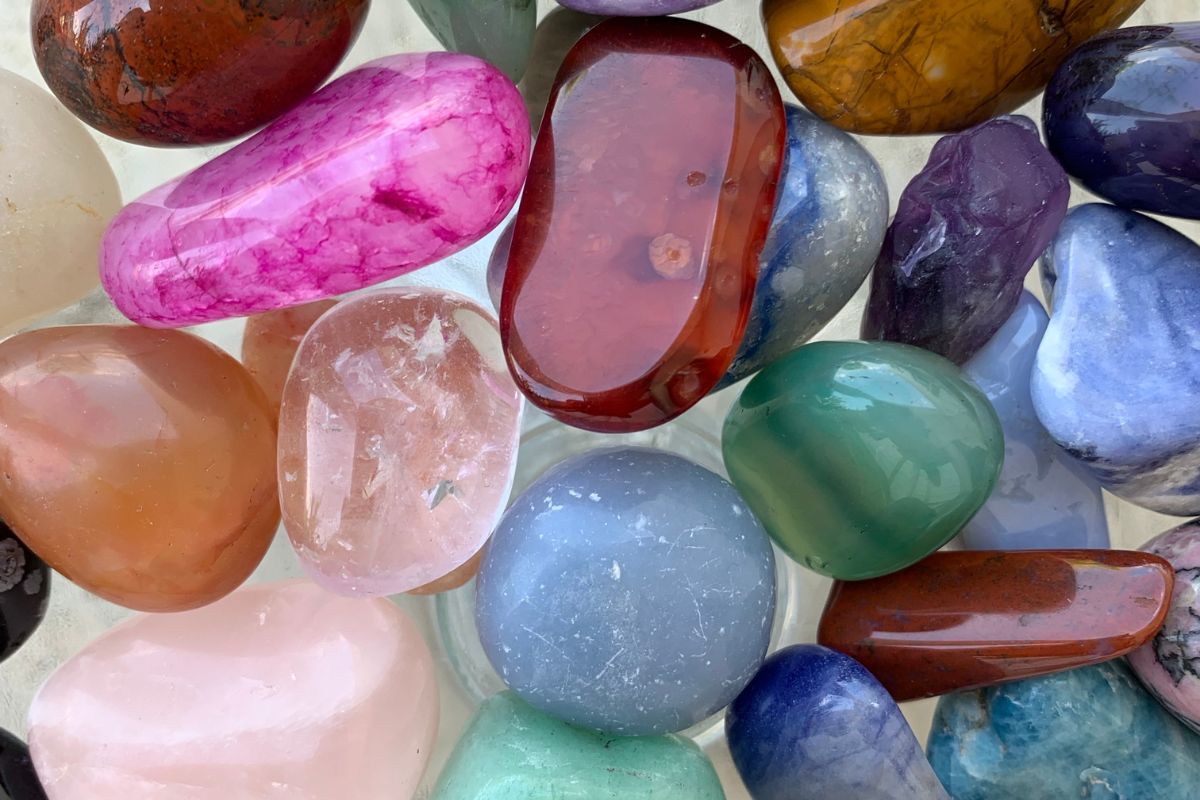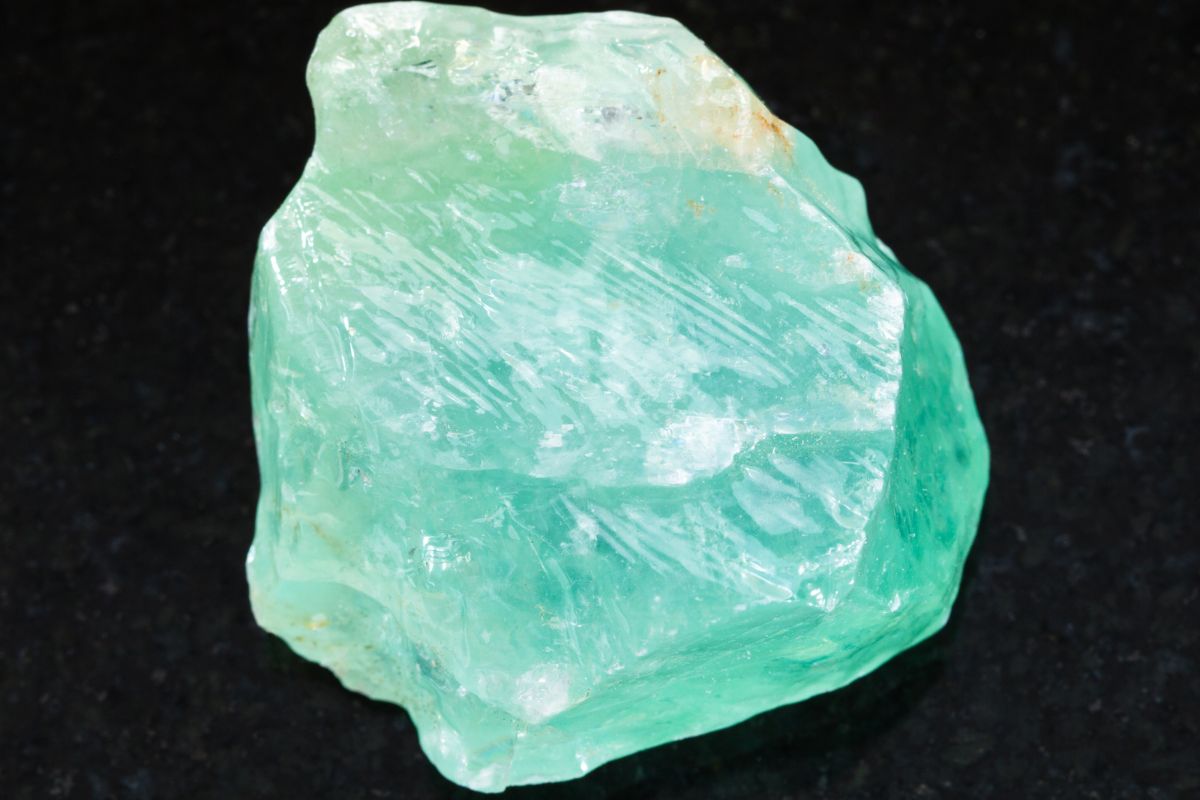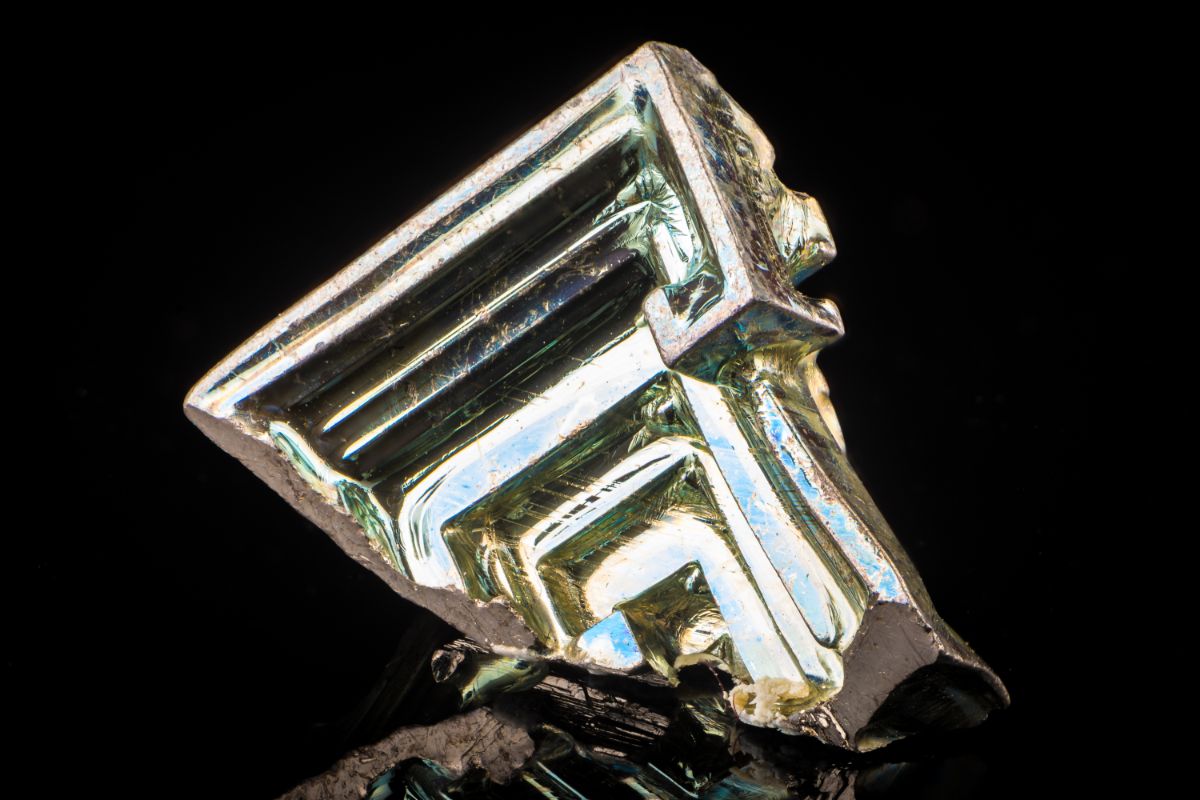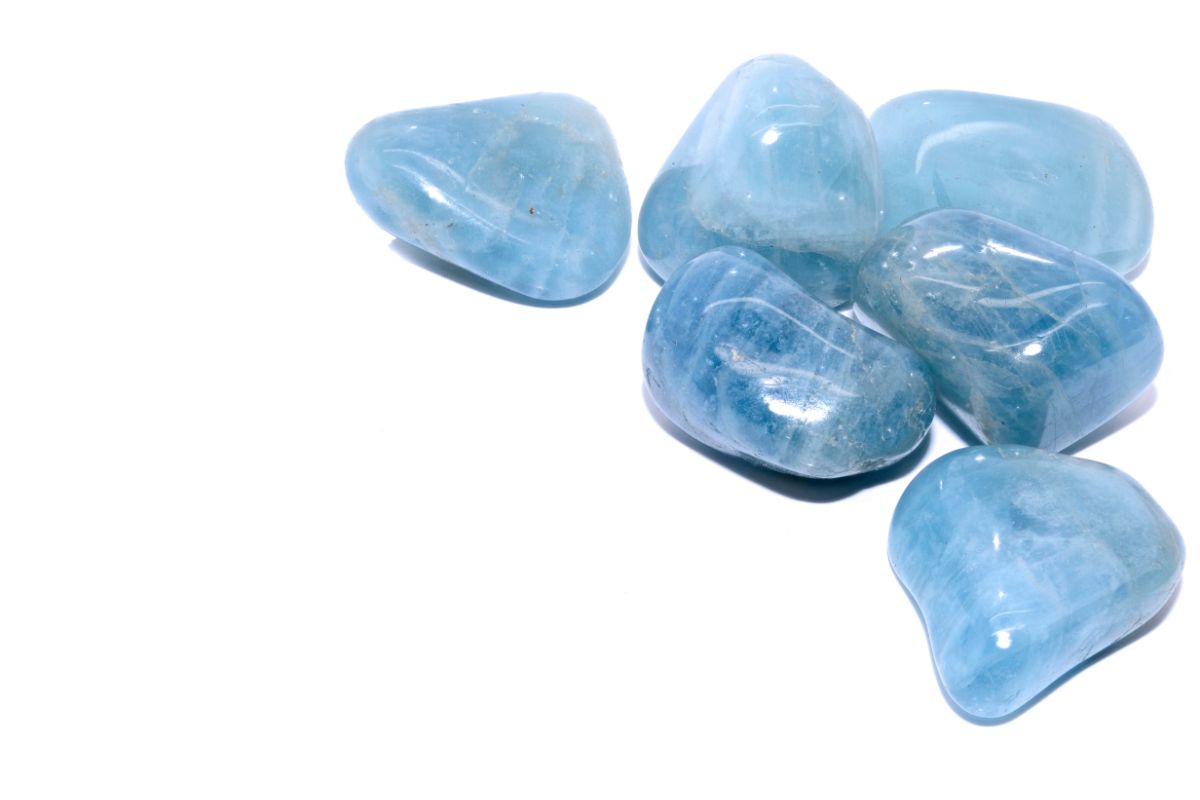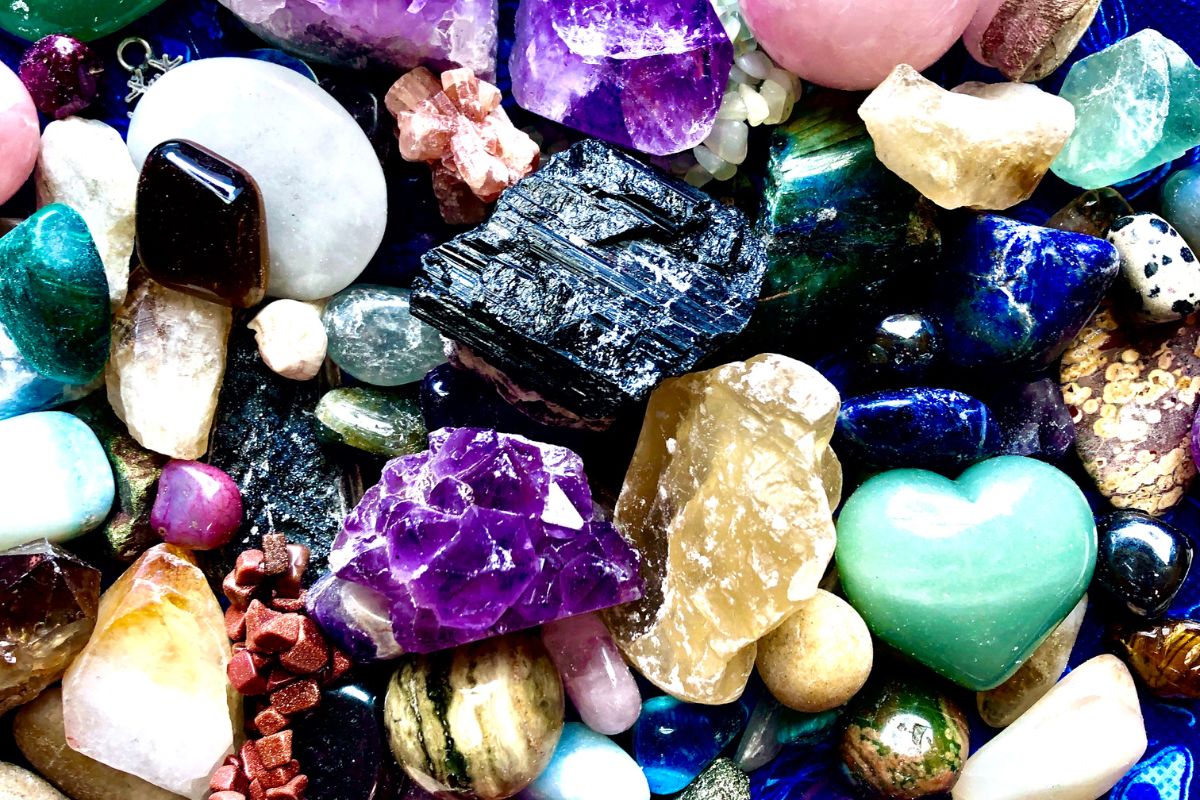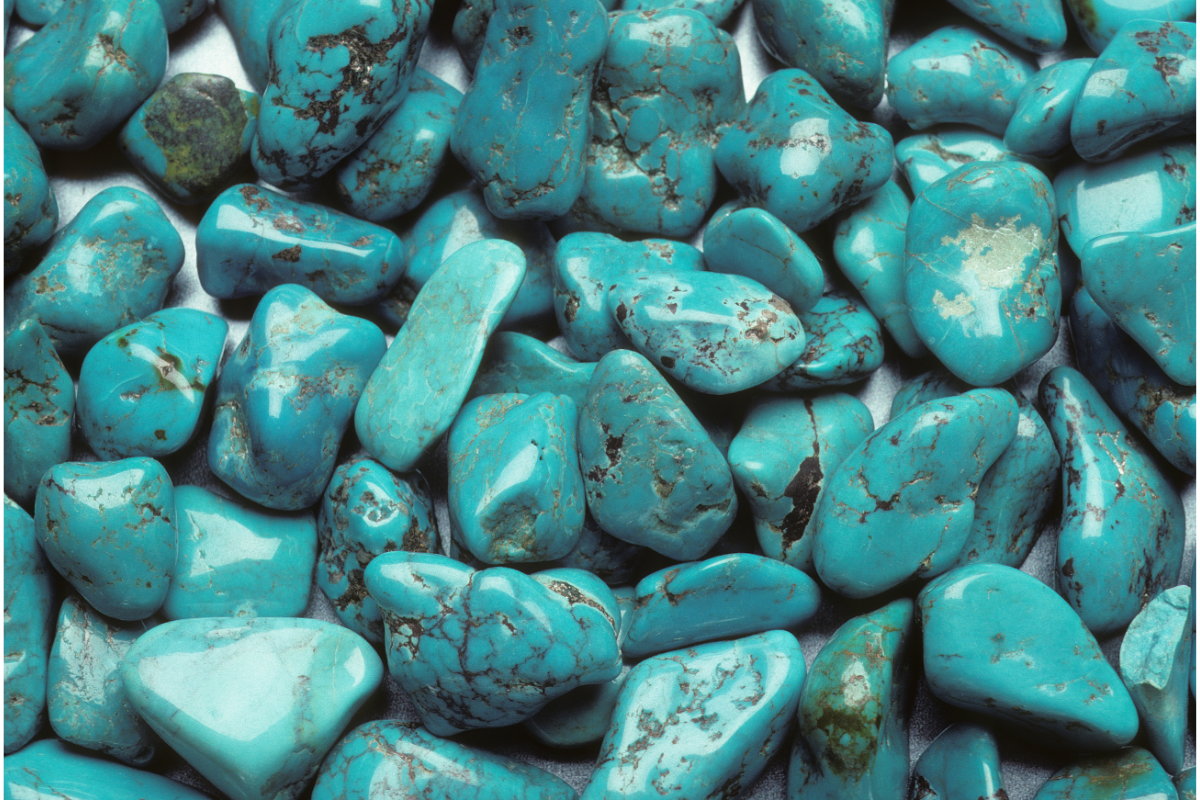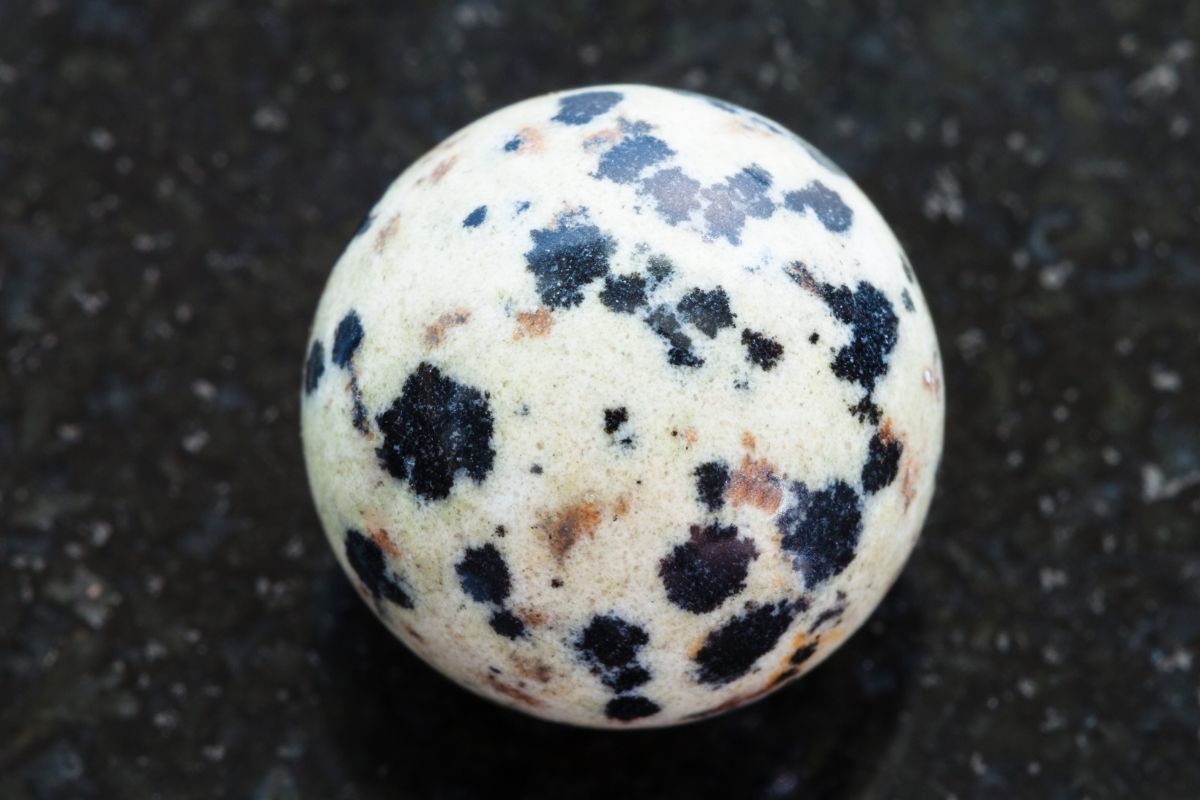Lapis Lazuli is a popular crystal that is used throughout history, but one stone you might not be so sure of is Bismuth.
By comparing these two celestial gemstones, their uses, history, and similarities as well as differences, we can come to understand more about both stones.
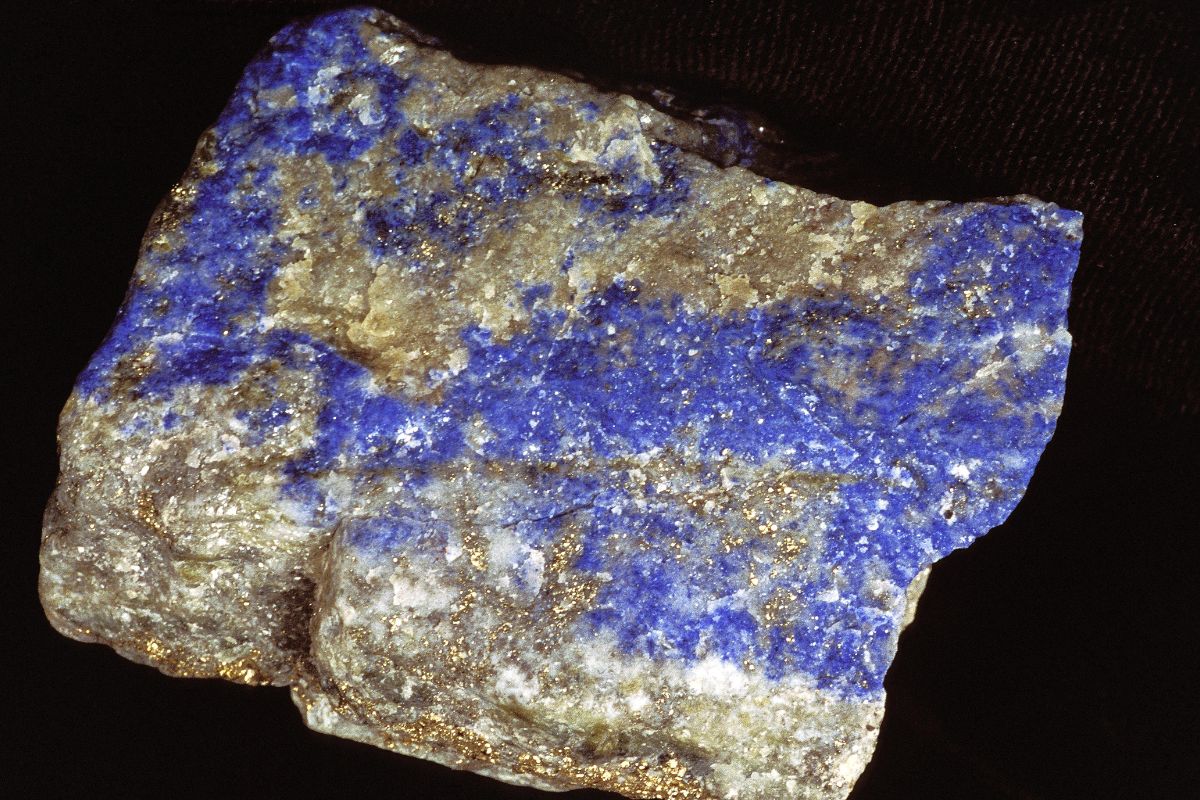
Bismuth and Lapis Lazuli are quite different, Bismuth is an element in its own right, and can be considered a type of metal, but many also believe in its healing and energy generating powers in the same way you might use Lapis Lazuli.
By comparing the two we can certainly learn a lot.
Here’s a comparison of Bismuth and Lapis Lazuli so we can learn more about these unique and ancient stones and how they can benefit us, as well as their history and uses.
What Is Bismuth?
Bismuth is quite unique in its geological and elemental makeup, much more than Lapis Lazuli.
Bismuth is actually considered to be an element in its own right like Potassium or anything else that sits on the Periodic Table, Bismuth is number 83 on the periodic table, which can have its own meaning for many spiritual people.
In its naturally occurring state it is a rare and brittle metal, it can often be mistaken for tin or lead in certain circumstances.
While it is a metal, it is a crystalline metal that is nearly as dense as lead. In most circumstances it is obtained mainly as a by-product of mine lead, copper, tin, silver and gold. The largest deposits of Bismuth can be found in Bolivia.
Its elemental form occurs naturally and in its sulfide and oxide forms it is also an important commercial ore. In 2003 it was also discovered to be naturally and weakly radioactive.
This is likely to be a cause of Bismuth’s most attractive feature, its iridescent color.
Unlike other crystals, Bismuth occurs mainly in a silvery white color that is lustrous.
Oxidiatzation reacts with the element and gives certain samples a ‘rosy cast’ and even more oxidation leads to the vivid iridescence that many will attribute as ‘rainbow’.
While Bismuth can feel like a futuristic ore, it’s actually ancient in its history. Many consider Bismuth to be one of the first 10 metals to have been discovered.
As it is ancient it can be hard to find a direct date when it was discovered. True understanding of this elemental metal didn’t really occur until 1600-1700s where it was distinguished from lead and tin.
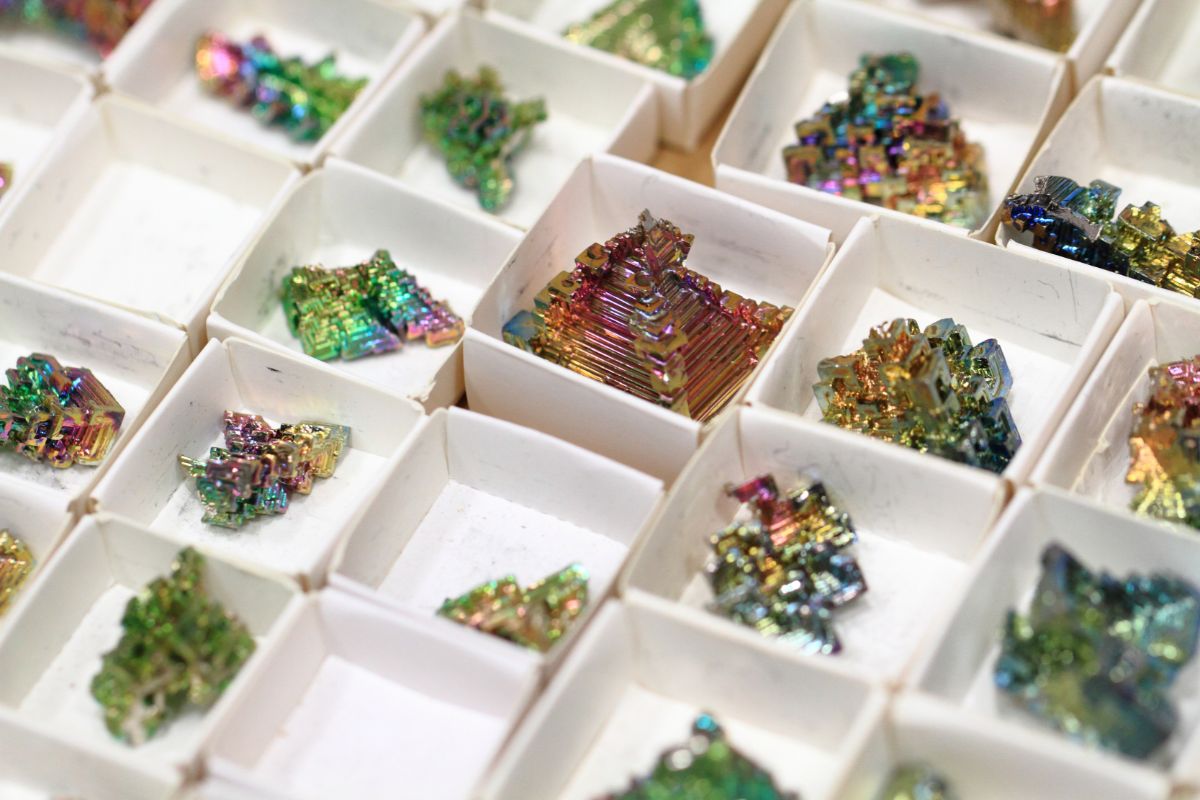
What Uses Does Bismuth Have?
In a practical sense, Bismuth is actually used in lots of medicines particularly for diarrheal or gastrointestinal issues.
Incas used Bismuth both as a spiritual crystal but also as a metal, and has been made into ‘bismuth bronze’ as found in ceremonial knives used by the Incas.
Bismuth is considered to be energy generating, and has been said to help generate basically any chakra and in this sense is quite versatile like Lapis Lazuli. Bismuth is considered a stone of the Aquarius Zodiac also.
As a result of it being conducive to generating basically any energy it is often used in tandem with other crystals. If you want to push your chakras to the limit, Bismuth acts like a boost for your energy.
As a result people use it for things like astral projection and when trying to reach different planes of being.
Similarly, thanks to Bismuth’s energy boosting powers, many suggest it is great when you need support, and can help with loneliness, being overwhelmed, and anxiety.
Further reading: Learn how to make your own bismuth.
What Is Lapis Lazuli?
Like Bismuth, Lapis Lazuli is also a pretty ancient stone, but is likely a little older than Bismuth.
Lapis Lazuli occurs at higher levels in caves and similar biomes so was discovered pretty early on even when mining techniques were pretty primitive.
While Bismuth has an iridescent and metallic quality, Lazurite is a mineral that occurs in Lapis Lazuli and makes it have its signature blue color. In terms of aesthetics, Lapis Lazuli and Bismuth are quite different.
Lapis Lazuli is not a metal or element like Bismuth can be, but is more of what we consider to be a classic gemstone.
Lapis Lazuli also wasn’t properly understood for a while, and used to be called Sapphirus, an older version of ‘sapphire’, until the Sapphire was discovered in Roman times.
Lapis Lazuli was used in the Egyptian period greatly, like Bismuth was used in Bolivia. Arguably the both occur in quite different biomes and it might be the case that in the old world they wouldn’t have crossed paths.
Mesopotamia was rich with Lapis Lazuli, which was later exported from Afghanistan into Mesopotamia. Bismuth can occur greatly within Bolivia and the old world of South America hence its use by Incas.
What Uses Does Lapis Lazuli Have?
While aesthetically and geologically they are quite different, Lapis Lazuli and Bismuth can have quite similar uses for generating energy.
Lazurite is considered to be a mineral, one of many that occurs in Lapis Lazuli, that has quite high energy and vibrations.
Lapis Lazuli is pretty versatile as a result and is helpful in generating a few different energies. Lapis Lazuli is considered to be quite effective at bringing unity and balance to body, mind, and spirit.
Lapis Lazuli and Bismuth are both used in combination with other crystals quite often and using them together can really generate some high energy and chakra levels.
This is particularly useful when trying to engage in spiritual activities that can require a lot of energy.
Final Thoughts
In terms of their elemental and geological properties these two crystals are quite different.
But in combination Bismuth can help generate a large amount of energy and chakra, while Lapis Lazuli can do this also while ensuring a balance between the mind, body, and spirit is kept.
When you feel like you need a chakra and energy boost, whatever the circumstance, when used in combination these crystals are very supportive when you need it.
- 15 Crystals That Cannot Be Exposed To The Sun - January 7, 2024
- Malachite Vs Fuchsite – Benefits And Uses - January 7, 2024
- Malachite Vs. Green Jasper: Benefits And Uses - January 7, 2024



